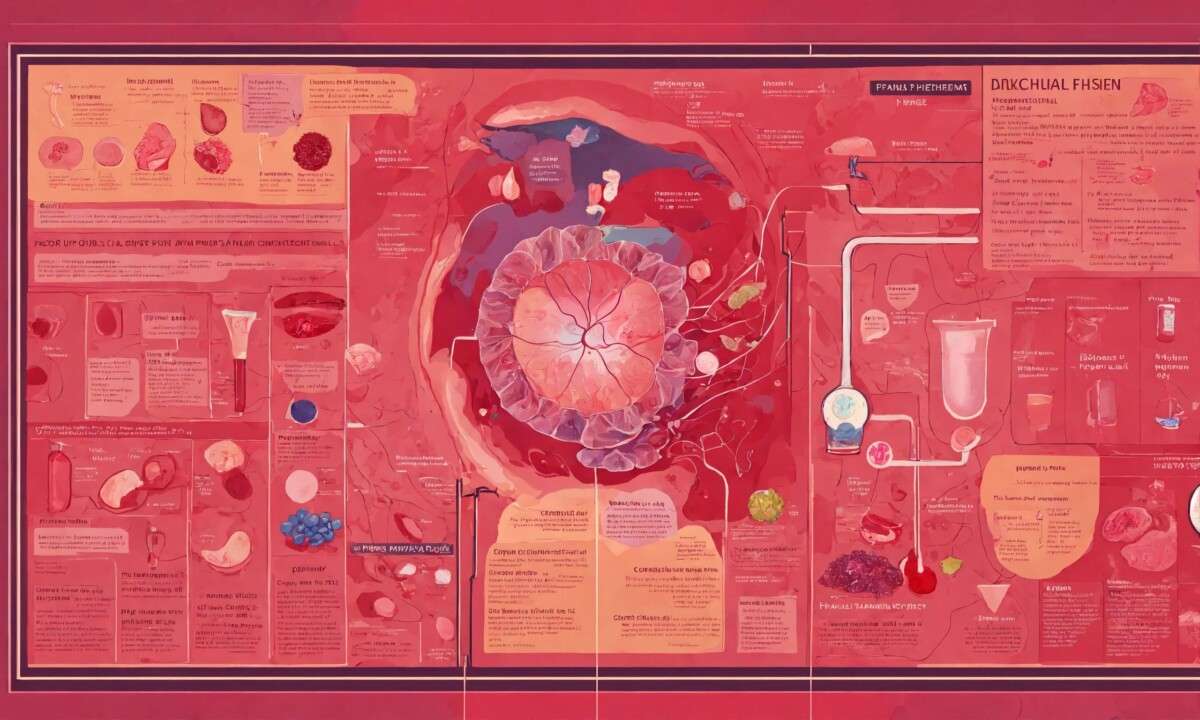-
- Start with Day 1:
- The first day of your menstrual period is considered Day 1 of your menstrual cycle.
- Record the Last Day:
- Track the last day of your current menstrual cycle. This is the day before your next period starts.
- Start with Day 1:
-
- Count the Days:
- Subtract the start date of your current menstrual cycle from the last day. The result is the length of your menstrual cycle.Example:
- If your last period started on January 1 and ended on January 28, your menstrual cycle length is 28 days.
- Subtract the start date of your current menstrual cycle from the last day. The result is the length of your menstrual cycle.Example:
- Repeat for Several Cycles:
- To get a more accurate average, repeat this process for at least three consecutive menstrual cycles. This helps account for any variations in cycle length.
- Use a Menstrual Cycle Tracking App:
- Consider using a menstrual cycle tracking app that allows you to input the start and end dates of your periods. Many apps automatically calculate your cycle length and predict future cycles based on the data you provide.
- Identify Patterns:
- Look for patterns or trends in your cycle length. Some women have regular cycles, while others may experience variability.
- Note Any Irregularities:
- If your cycle length varies significantly from month to month, or if you have consistently irregular cycles, consider consulting with a healthcare professional. Irregular cycles can be indicative of hormonal imbalances or other underlying issues.
- Be Mindful of External Factors:
- Recognize that factors like stress, illness, changes in weight, and lifestyle modifications can influence your menstrual cycle. Note these external factors to better understand variations.
- Average Cycle Length:
- Once you have tracked your cycle length for several months, calculate the average. Add up the lengths of the cycles and divide by the number of cycles recorded.Example:
- If you had cycle lengths of 28, 30, and 26 days, the average cycle length would be (28 + 30 + 26) / 3 = 28 days.
- Once you have tracked your cycle length for several months, calculate the average. Add up the lengths of the cycles and divide by the number of cycles recorded.Example:
- Count the Days:
- Use the Information for Ovulation Prediction:
- Understanding your average cycle length can help predict ovulation. In a typical 28-day cycle, ovulation often occurs around Day 14. Adjust your predictions based on your average cycle length.
Remember that these calculations provide general information, and individual variations are common. If you have concerns about your menstrual cycle or are trying to conceive, it’s advisable to consult with a healthcare professional for personalized guidance.





























